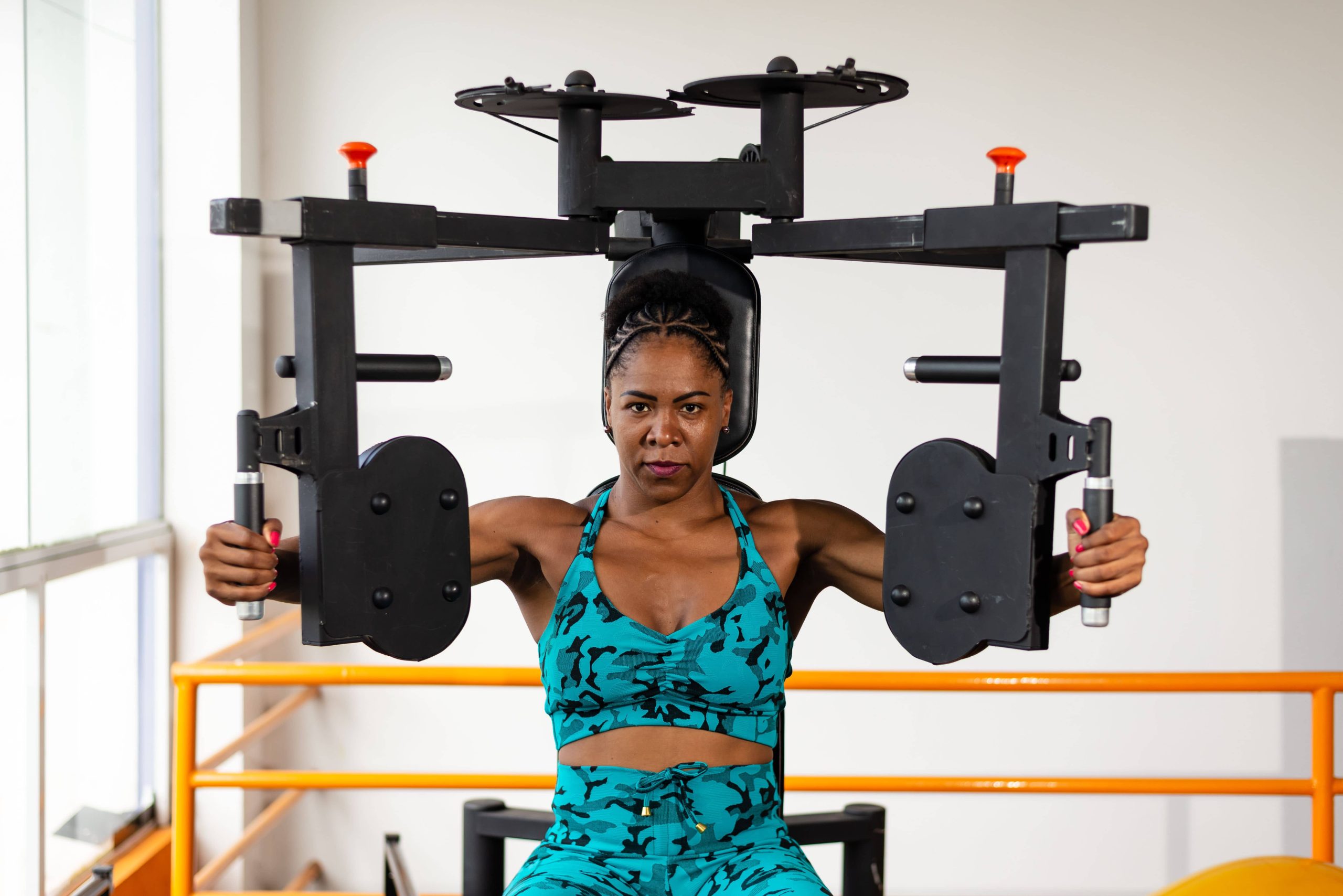
In the world of fitness, two terms often come up in discussions about exercise and overall health: stability and mobility. While they might seem similar, they play distinct roles in our physical well-being and performance. Understanding the difference between stability and mobility is crucial for anyone looking to improve their fitness, prevent injuries, and enhance their quality of life.
Understanding Stability
Stability refers to the ability of a joint or body segment to maintain a position or control movement. It involves the coordination of muscles, ligaments, and tendons to keep the body steady and balanced. Stability is essential for performing everyday activities and exercises safely and effectively.
Components of Stability
1. Core Strength: The core muscles, including the abdominals, obliques, and lower back muscles, play a significant role in stabilizing the spine and pelvis. A strong core provides a solid foundation for movement and helps prevent injuries.
2. Joint Stability: Each joint in the body has stabilizing muscles that help maintain its position during movement. For example, the rotator cuff muscles stabilize the shoulder joint, while the quadriceps and hamstrings stabilize the knee.
3. Balance: Balance is the ability to maintain control over the body’s center of gravity. It is a critical component of stability, especially when performing activities that require standing on one leg or moving on uneven surfaces.
Importance of Stability
Stability is crucial for preventing injuries, particularly in the joints. When the stabilizing muscles are weak or imbalanced, it can lead to joint instability, increasing the risk of sprains, strains, and other injuries. Additionally, stability is essential for improving athletic performance, as it allows for more efficient and controlled movements.
Understanding Mobility
Mobility, on the other hand, refers to the ability of a joint to move through its full range of motion. It involves the flexibility of the muscles, tendons, and ligaments surrounding the joint, as well as the joint’s structural integrity. Mobility is essential for performing movements with ease and without pain.
Components of Mobility
1. Flexibility: Flexibility is the ability of a muscle to lengthen and stretch. It is a key component of mobility, as tight muscles can restrict joint movement and lead to compensatory patterns that increase the risk of injury.
2. Joint Range of Motion: Each joint has a specific range of motion that it can move through. Maintaining or improving this range is crucial for optimal mobility.
3. Neuromuscular Control: The nervous system plays a role in mobility by coordinating muscle contractions and relaxations. Proper neuromuscular control ensures smooth and efficient movement patterns.
Importance of Mobility
Mobility is vital for maintaining joint health and preventing stiffness and pain. It allows for greater freedom of movement, making it easier to perform daily activities and exercises. Improved mobility can also enhance athletic performance by allowing for more dynamic and powerful movements.
Stability vs. Mobility: Finding the Balance
While stability and mobility are distinct concepts, they are interconnected and equally important for overall fitness and health. A balance between the two is necessary for optimal performance and injury prevention.
The Interplay Between Stability and Mobility
1. Stability Supports Mobility: A stable joint provides a solid base for movement, allowing for greater mobility. For example, a stable core allows for a greater range of motion in the hips and shoulders.
2. Mobility Enhances Stability: Improved mobility can enhance stability by allowing for more efficient movement patterns. When joints can move freely, the stabilizing muscles can work more effectively to maintain control.
Training for Stability and Mobility
Incorporating exercises that target both stability and mobility into your fitness routine is essential for achieving a balanced and functional body.
1. Stability Exercises: Focus on exercises that strengthen the core and stabilizing muscles around the joints. Examples include planks, single-leg balance exercises, and resistance band exercises.
2. Mobility Exercises: Incorporate dynamic stretching, yoga, and foam rolling to improve flexibility and joint range of motion. Pay attention to areas that tend to be tight, such as the hips, shoulders, and hamstrings.
3. Functional Movements: Engage in exercises that mimic everyday activities and require both stability and mobility. Examples include squats, lunges, and rotational movements.
Conclusion
Understanding the difference between stability and mobility is crucial for anyone looking to improve their fitness and overall health. While they serve different purposes, both are essential for maintaining a balanced and functional body. By incorporating exercises that target both stability and mobility into your routine, you can enhance your performance, prevent injuries, and enjoy a higher quality of life. Remember, the key is to find the right balance between stability and mobility to achieve your fitness goals.











